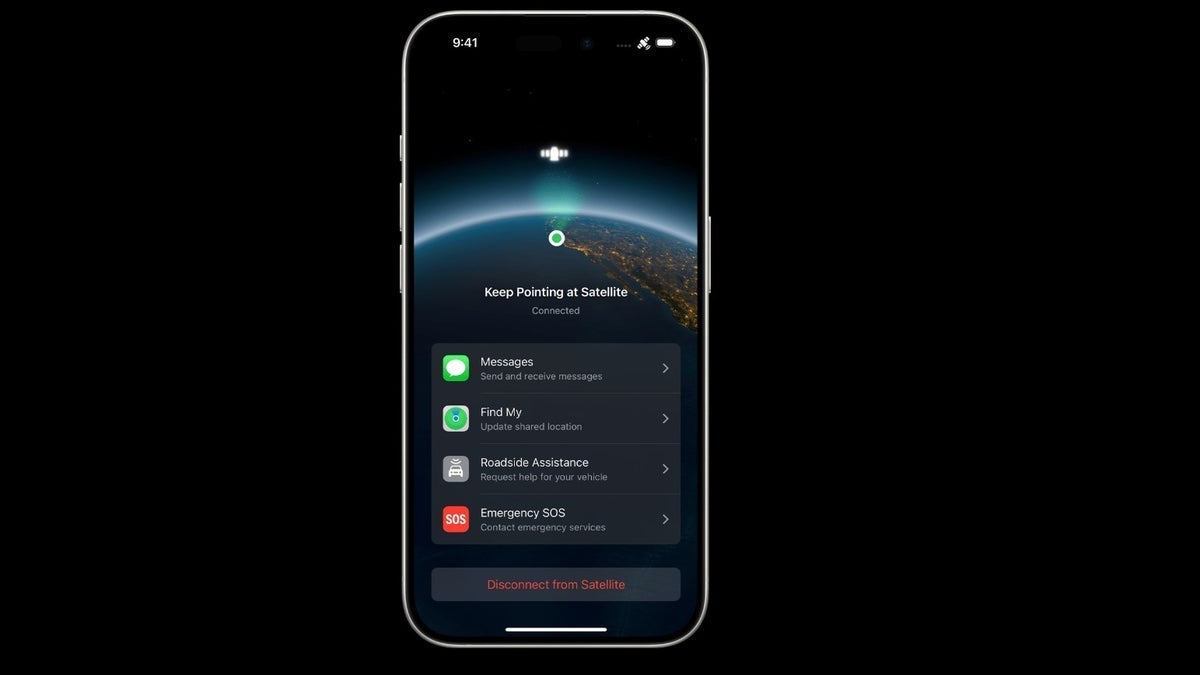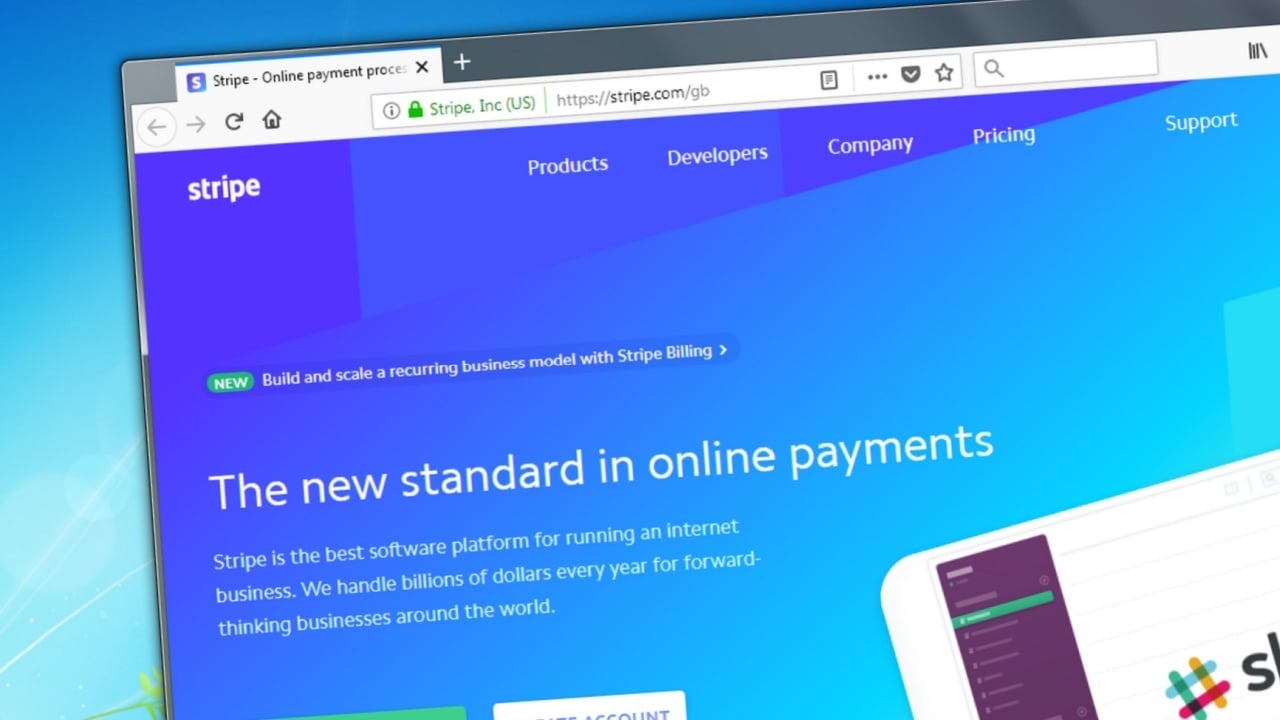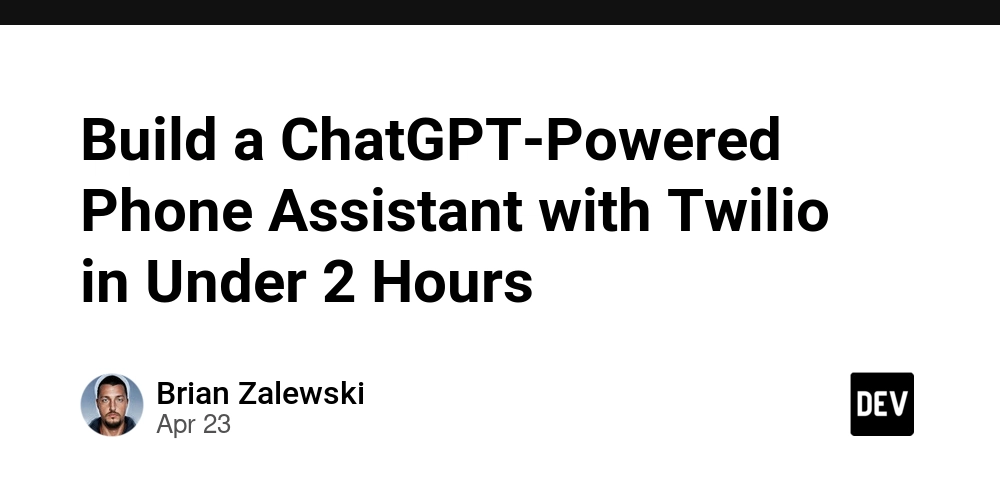Ever felt like you were grinding through the same JavaScript challenges, wishing there was a cheat code to skip ahead? That’s where package managers come in! Think of them as your power-ups, letting you quickly add awesome abilities (libraries and tools) to your projects. But with so many options, how do you choose the right one? If you’ve ever wondered about the differences between NPM, NPX, and Yarn, you're not alone. They make it easier to add features, manage dependencies, and keep your project running smoothly. Mastering these three tools will let you level up your JavaScript projects! Introduction: Understanding Packages and Dependencies (Your Starter Gear) Before we dive into how package managers work, let’s gear up with a quick understanding of packages and dependencies: Packages: Think of these as pre-built modules, like items you pick up on your adventure. They're reusable pieces of code which can be libraries, modules, or frameworks that you can plug into projects to add new features. Examples include libraries like Lodash, frameworks like React, or testing tools like Jest. Dependencies: These are the essential items you need in your inventory to keep your project going. Dependencies are packages your project needs to work. Sometimes, a package you use depends on other packages which are called nested dependencies. Why Do They Matter? Packages and dependencies help you level up your project quickly! It helps teams move faster, reuse code, and focus on building what makes their app special, instead of solving problems that have already been solved. The Package Manager Trinity: Choose Your Character 1. NPM - Node Package Manager : The OG Hero NPM is the default package manager of Node.js and it is bundled with every installation of it. It is what most beginner’s start with and is a reliable starter being solid, dependable and gets the job done. It provides access to the largest registry of JavaScript packages, facilitates the installation, versioning, and management of dependencies. Strengths: WITH BEGINNER GEAR - Bundled with every installation HUGE INVENTORY - Huge package registry Weaknesses: LOW SPEED STAT - Can be slower than Yarn MIDDLE DEFENCE STAT - Had security problems but improved 2. NPX - Node Package eXecute : The Versatile Mage NPX is the utility introduced in NPM version 5.2.0 and is installed along every version s from it and higher. You can think of it as a Mage that does not need anything to cast spells and just needs incantation as It runs packages from the registry directly without installing them. Strengths: NO INSTALL TIME - Bundled with every installation UTILITY MAGIC - Huge package registry Weaknesses: NO DEPENDENCY FOCUS - Not for managing project dependencies 3. Yarn - Yet Another Resource Negotiator : The Speedster Yarn is an established open-source manager developed by Facebook to address the shortcomings of NPM. It is the same to a speedster we all know which is fast and reliable and can get your project across the finish line. Strengths: HIGH SPEED BOOST- Faster Installations (parallel downloads) GUARANTEED STABILITY - More Deterministic (uses lockfiles) Weaknesses: COMPATIBILITY ISSUES - Has compatibility issues with older packages Boss Battle: NPM vs NPX vs Yarn - What to Use and When? General Dependency Management → NPM - The safe and steady choice fit for beginners Need Quick and Good Tool Without Installing → NPX - Your go to temporary utilities Need Speed, Secure and Strict Version Control → Yarn - Your high level character Feature NPM NPX Yarn Dependency Management Managed through package-lock.json & node_modules Same as NPM Managed through yarn.lock & node_modules or Plug'n'Play Installation Speed Can be slower, sequential Depends on the package being executed Generally faster, parallel installation Package Execution Requires packages to be installed first Executes packages directly from the registry, even if not installed globally Requires packages to be installed first Use Cases Managing dependencies for any JS project Running command-line tools, scaffolding, or testing packages Projects requiring fast, deterministic dependency management, or monorepo support Beginner Friendly? Yes, default Moderate, more specialized Slightly steeper learning curve General Level-Up Tips: Commit your lockfiles (package-lock.json or yarn.lock) to make sure everyone on your team has the exact same dependencies. Avoid mixing NPM and Yarn in the same project to prevent conflicts. Use NPX to keep your global environment clean and avoid unnecessary installations. Update and Scan for Vulnerabilities: Use npm update or yarn upgrade for keeping the packages updated and use npm audit and yarn audit to identify and fix known security vulnerabilities. Final Boss Defeated: You're a Package Manager Pro!

Ever felt like you were grinding through the same JavaScript challenges, wishing there was a cheat code to skip ahead? That’s where package managers come in! Think of them as your power-ups, letting you quickly add awesome abilities (libraries and tools) to your projects. But with so many options, how do you choose the right one?
If you’ve ever wondered about the differences between NPM, NPX, and Yarn, you're not alone. They make it easier to add features, manage dependencies, and keep your project running smoothly. Mastering these three tools will let you level up your JavaScript projects!
Introduction: Understanding Packages and Dependencies (Your Starter Gear)
Before we dive into how package managers work, let’s gear up with a quick understanding of packages and dependencies:
Packages: Think of these as pre-built modules, like items you pick up on your adventure. They're reusable pieces of code which can be libraries, modules, or frameworks that you can plug into projects to add new features. Examples include libraries like Lodash, frameworks like React, or testing tools like Jest.
Dependencies: These are the essential items you need in your inventory to keep your project going. Dependencies are packages your project needs to work. Sometimes, a package you use depends on other packages which are called nested dependencies.
Why Do They Matter?
Packages and dependencies help you level up your project quickly! It helps teams move faster, reuse code, and focus on building what makes their app special, instead of solving problems that have already been solved.
The Package Manager Trinity: Choose Your Character
1. NPM - Node Package Manager : The OG Hero
NPM is the default package manager of Node.js and it is bundled with every installation of it. It is what most beginner’s start with and is a reliable starter being solid, dependable and gets the job done. It provides access to the largest registry of JavaScript packages, facilitates the installation, versioning, and management of dependencies.
Strengths:
- WITH BEGINNER GEAR - Bundled with every installation
- HUGE INVENTORY - Huge package registry
Weaknesses:
- LOW SPEED STAT - Can be slower than Yarn
- MIDDLE DEFENCE STAT - Had security problems but improved
2. NPX - Node Package eXecute : The Versatile Mage
NPX is the utility introduced in NPM version 5.2.0 and is installed along every version s from it and higher. You can think of it as a Mage that does not need anything to cast spells and just needs incantation as It runs packages from the registry directly without installing them.
Strengths:
- NO INSTALL TIME - Bundled with every installation
- UTILITY MAGIC - Huge package registry
Weaknesses:
- NO DEPENDENCY FOCUS - Not for managing project dependencies
3. Yarn - Yet Another Resource Negotiator : The Speedster
Yarn is an established open-source manager developed by Facebook to address the shortcomings of NPM. It is the same to a speedster we all know which is fast and reliable and can get your project across the finish line.
Strengths:
- HIGH SPEED BOOST- Faster Installations (parallel downloads)
- GUARANTEED STABILITY - More Deterministic (uses lockfiles)
Weaknesses:
- COMPATIBILITY ISSUES - Has compatibility issues with older packages
Boss Battle: NPM vs NPX vs Yarn - What to Use and When?
- General Dependency Management → NPM - The safe and steady choice fit for beginners
- Need Quick and Good Tool Without Installing → NPX - Your go to temporary utilities
- Need Speed, Secure and Strict Version Control → Yarn - Your high level character
| Feature | NPM | NPX | Yarn |
|---|---|---|---|
| Dependency Management | Managed through package-lock.json & node_modules
|
Same as NPM | Managed through yarn.lock & node_modules or Plug'n'Play |
| Installation Speed | Can be slower, sequential | Depends on the package being executed | Generally faster, parallel installation |
| Package Execution | Requires packages to be installed first | Executes packages directly from the registry, even if not installed globally | Requires packages to be installed first |
| Use Cases | Managing dependencies for any JS project | Running command-line tools, scaffolding, or testing packages | Projects requiring fast, deterministic dependency management, or monorepo support |
| Beginner Friendly? | Yes, default | Moderate, more specialized | Slightly steeper learning curve |
General Level-Up Tips:
- Commit your lockfiles (package-lock.json or yarn.lock) to make sure everyone on your team has the exact same dependencies.
- Avoid mixing NPM and Yarn in the same project to prevent conflicts.
- Use NPX to keep your global environment clean and avoid unnecessary installations.
- Update and Scan for Vulnerabilities: Use npm update or yarn upgrade for keeping the packages updated and use npm audit and yarn audit to identify and fix known security vulnerabilities.
Final Boss Defeated: You're a Package Manager Pro!
Congratulations, you've leveled up your JavaScript game! NPM, NPX, and Yarn are now your trusty sidekicks. Know their strengths, use them wisely, and you’ll be building amazing things in no time.
Which package manager will you choose for your next adventure?






























































































































































![[The AI Show Episode 143]: ChatGPT Revenue Surge, New AGI Timelines, Amazon’s AI Agent, Claude for Education, Model Context Protocol & LLMs Pass the Turing Test](https://www.marketingaiinstitute.com/hubfs/ep%20143%20cover.png)













































































































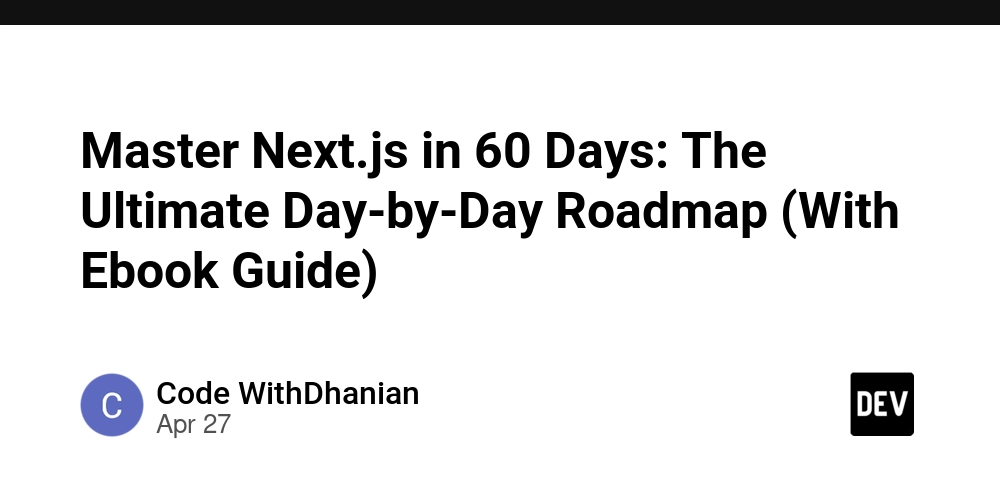

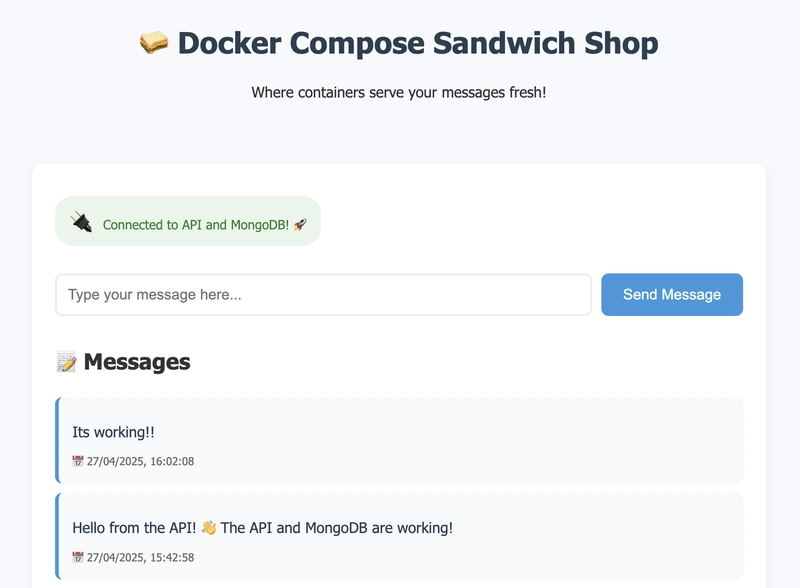











![[DEALS] Koofr Cloud Storage: Lifetime Subscription (1TB) (80% off) & Other Deals Up To 98% Off – Offers End Soon!](https://www.javacodegeeks.com/wp-content/uploads/2012/12/jcg-logo.jpg)
















































































































































 CISO’s Core Focus.webp?#)

























































































![Hostinger Horizons lets you effortlessly turn ideas into web apps without coding [10% off]](https://i0.wp.com/9to5mac.com/wp-content/uploads/sites/6/2025/04/IMG_1551.png?resize=1200%2C628&quality=82&strip=all&ssl=1)




![This new Google TV streaming dongle looks just like a Chromecast [Gallery]](https://i0.wp.com/9to5google.com/wp-content/uploads/sites/4/2025/04/thomson-cast-150-google-tv-1.jpg?resize=1200%2C628&quality=82&strip=all&ssl=1)











![iPadOS 19 May Introduce Menu Bar, iOS 19 to Support External Displays [Rumor]](https://www.iclarified.com/images/news/97137/97137/97137-640.jpg)

![Apple Drops New Immersive Adventure Episode for Vision Pro: 'Hill Climb' [Video]](https://www.iclarified.com/images/news/97133/97133/97133-640.jpg)

















































